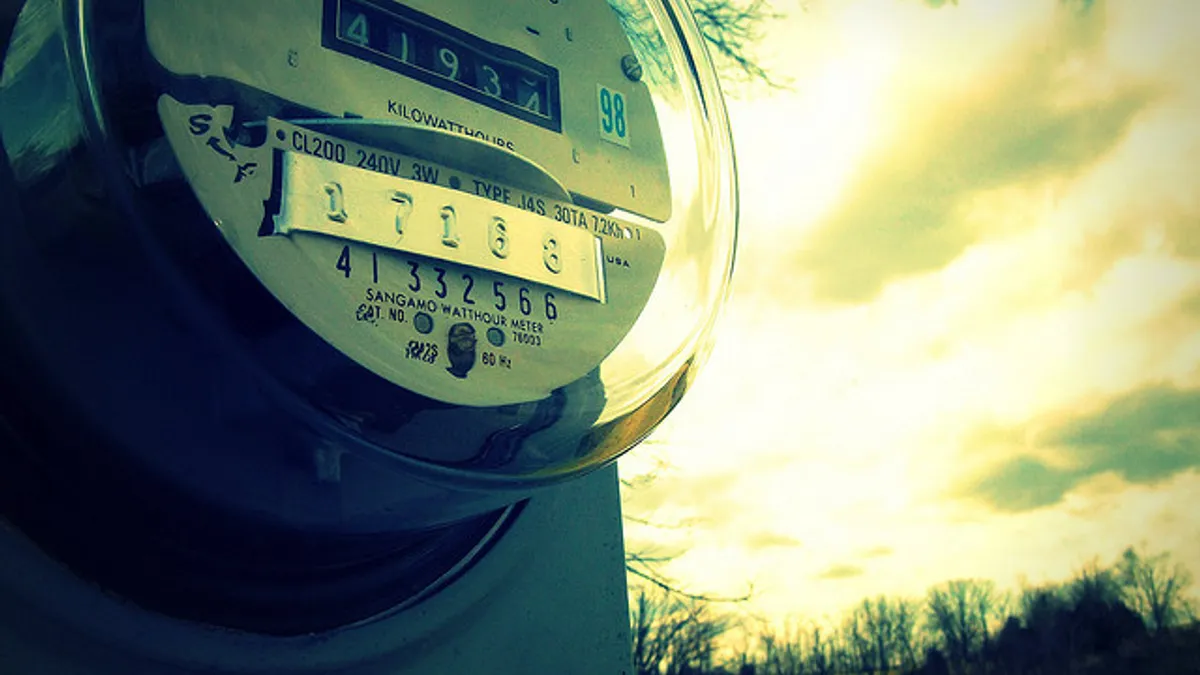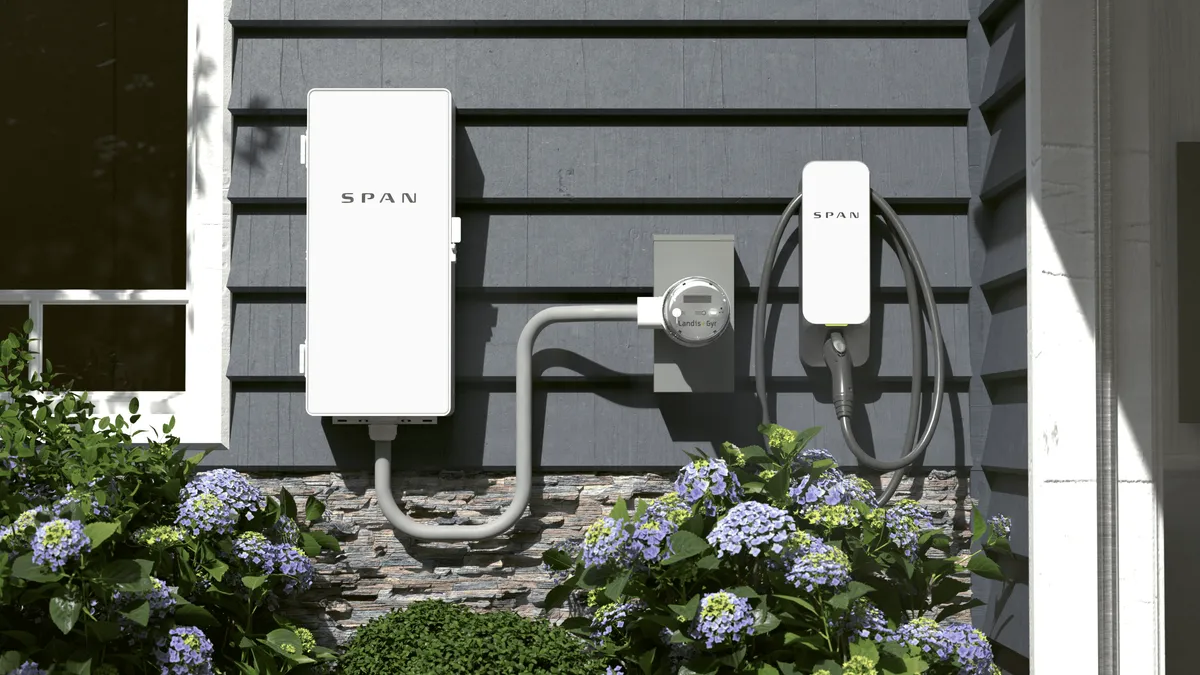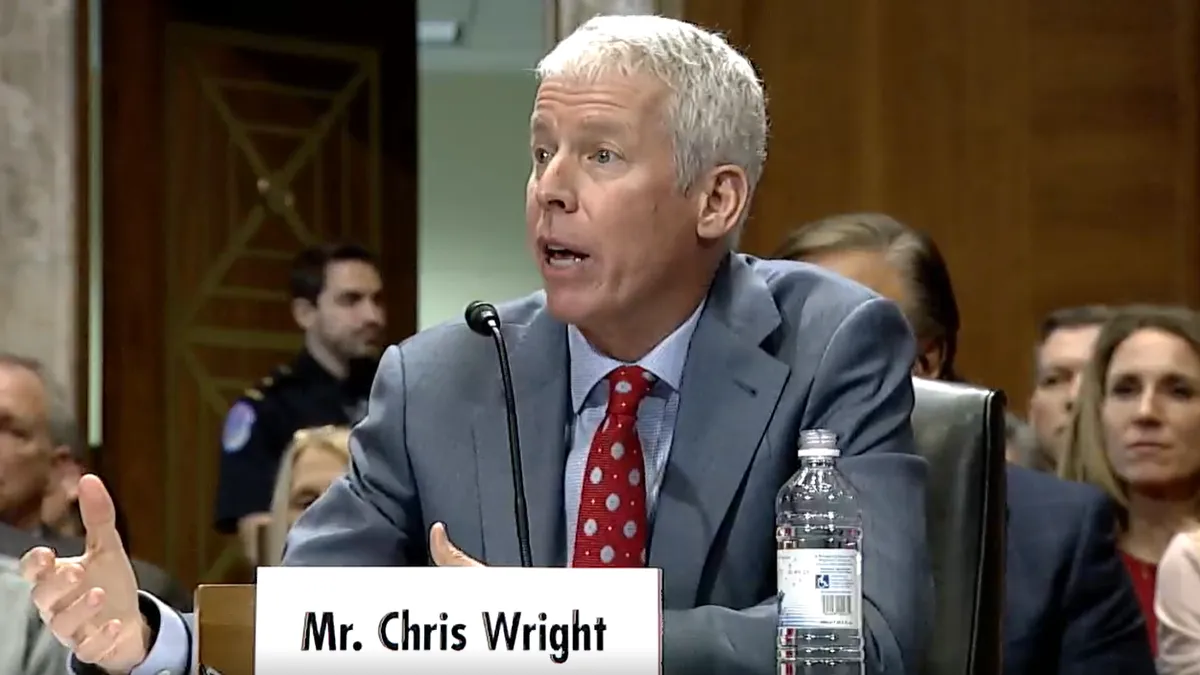For the power sector to truly transform itself, it must eventually answer one basic question: How do utilities profit from a wide range of new services?
Power companies are working it out, judging by Utility Dive's 2016 State of the Electric Utility Survey. Utilities are re-examining a host of factors once thought to be a threats to their existence, and turning those into revenue streams. Enabled by advances in technology, regulatory models, dynamic pricing and shareholder incentives, the survey reveals “the vast majority of regulated utilities are pursuing at least one new revenue stream.”
And energy efficiency is at the top of the list.
The top emerging revenue streams areas represent a pivot away from traditional rate-based business models, and in many ways, is an embrace of factors which were supposed to contribute to a “death spiral” for utilities. Energy efficiency and demand management services topped the list of emerging revenue streams, with 66% of respondents saying they are pursuing new money-making opportunities in that sector. Community solar and electric vehicle charging infrastructure came in second and third, each noted by more than half of respondents.
When you add in distributed storage (40%) and residential rooftop solar (36%), the list of new revenue streams utilities are pursuing looks a lot like the factors once thought to signal their demise.
“In much larger numbers than at any previous point in my career, utilities are recognizing the importance of breaking with the old commodity model,” said Ralph Cavanagh, co-director of the energy program at Natural Resources Defense Council. “There is a clear sense that doesn't work anymore, and they are looking for an alternative tied much more to quality of service than commodity sales volumes.”
From a utility perspective, Ed White, vice president of National Grid New Energy Solutions, said customer conversions can give you a little insight.
National Grid serves gas and electric customers in three states, and is typically focused on signing up new customers through oil-to-gas conversions for home heating. But in 2015, for the first time ever, the company signed up more distributed energy accounts than it did new gas customers.
“It just demonstrates where this industry is going,” White said.
Investment shifts
Just as utilities are looking to make money in market areas that were widely thought to signal their demise, respondents to the survey showed a similar interest in investing that money into emerging and disruptive energy technologies as well.
When asked to identify the three technologies in which their utility is most invested today, 66% of respondents chose utility-scale renewables, 64% tapped demand-side management, and 50% indicated distributed generation and new gas generation, respectively.
A tier under those were: energy storage (22%), electric vehicle infrastructure (21%) and microgrids (12%).
“Solar in general, and community solar in particular, is a hot topic,” said Navigant Senior Analyst Brett Feldman. “That is developing with or without the utilities, so they might as well get a piece of the action and have more control over it.”
Storage is a logical next, as it is “not weather-dependent, so it can really be used anywhere,” Feldman said. “Microgrids are another burgeoning area where utilities can either act as lead participants or be left out of the game and let third parties benefit.”
“There is a lot of opportunity in electric vehicles,” National Grid's White said, but it is still in the early stages “We're learning a lot from the evolution in California.”
West Coast popularity of electric vehicles leads the nation, though even there the market is still developing. It's “still very niche,” said Feldman. California utilities are “making a big play because of the market penetration there.”
And while utilities appear invested in a wide variety of emerging technologies today, their expectations for future investments show a sector that is prepared to embrace technologies thought to be disruptive to its business model even further:
Rate decoupling just the first step in utility evolution
For all the technological advances that could enable a more efficient grid, it will move much slower if utilities don't embrace the transition. And doing that means finding a way to make money selling less energy.
Right now, 15 states have decoupling in place and eight more are considering measures. “It's a straightforward reform that breaks the link between financial health and sales,” said Cavanagh, “Energy efficiency can be turned into a revenue stream, but you have to make sure it does not automatically deprive the utility of revenues.”
So to that end, decoupling is just the first of a two-part process enabling utilities to develop business models. “Decoupling doesn't give you an earnings opportunity,” said Cavanagh. “If you want energy efficiency to be an opportunity for investor owned utilities, you have to find ways for the utility to profit.”
That typically breaks down into two methods: Either earning a return on the money spent, which looks more akin to the traditional rate-based model, or a system that rewards a utility for meeting certain goals. “One or both of those approaches do make sense,” Cavanagh said, though NRDC favors the rewards system.
“Decoupling is a necessary but not sufficient condition for fixing the business model,” he said. “You need earnings opportunities if you are an investor owned utility.”
Over at National Grid, the company can profit from efficiency in its three-state territory of Massachusetts, Rhode Island and New York, through shareholder incentives for meeting targets. And the company's recently-approved program in Massachusetts – a $1.2 billion investment – is an indication of just how rapidly utilities are ramping up.
That $1.2 billion will be spent over three years in Massachusetts. “Prior to that, we spent a half billion in all three states,” White said. “So in Massachusetts, given the size of the program, it's a pretty healthy incentive.”
All three states where National Grid operates are revenue decoupled, White said, “and that really unleashes the potential to think about your investment not just from an infrastructure perspective, but really, how do you create the highway for all of these solutions to run on."
“And then it's the solutions improving the customer experience, and where everyone is investing.”






















